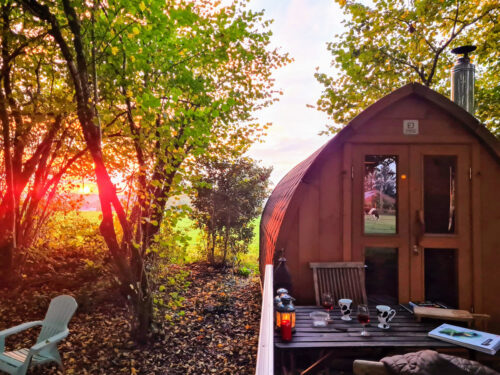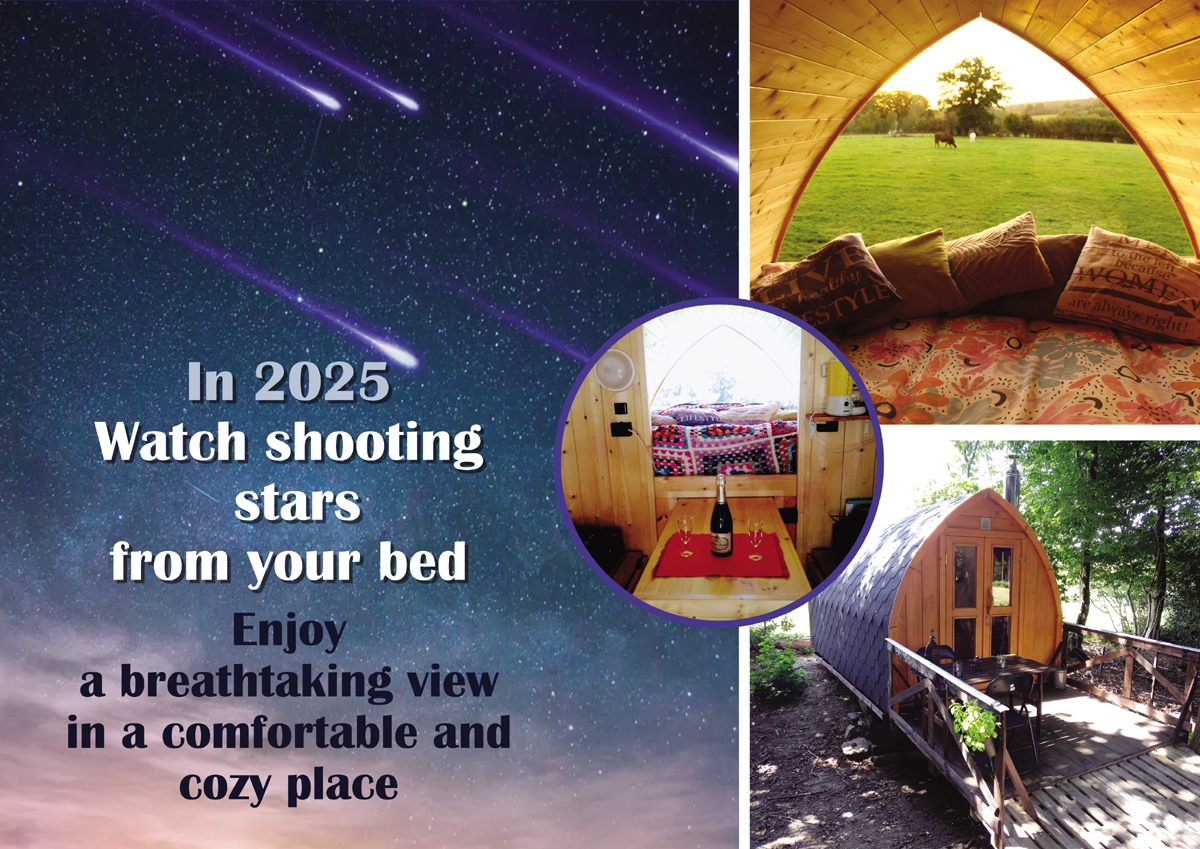Meteor Showers in 2025: Calendar, Tips, and Unmissable Moments
Each year, the Earth passes through several clouds of debris left behind by comets or asteroids. These encounters give rise to meteor showers – a fascinating celestial display that everyone can enjoy. In 2025, several major meteor showers are expected. Here is a guide to make sure you don’t miss a thing.
2025 Meteor Shower Calendar
-
Lyrids (14–30 April): Originating from Comet C/1861 G1 Thatcher, the Lyrids peak during the night of 21–22 April with around 18 meteors per hour. Their radiant is located in the constellation Lyra.
-
Eta Aquariids (19 April – 28 May): Fed by the famous Halley’s Comet, these reach their peak on the night of 5–6 May with up to 50 meteors per hour, especially visible from the southern hemisphere.
-
Perseids (17 July – 24 August): The most popular shower, associated with Comet Swift-Tuttle. The peak is expected on the night of 11–12 August with around 100 meteors per hour – about one shooting star per minute.
-
Orionids (2 October – 7 November): Also linked to Halley’s Comet, they shine brightly on the night of 20–21 October with up to 75 meteors per hour. They appear to radiate from the constellation Orion.
-
Leonids (6–30 November): From Comet 55P/Tempel-Tuttle, the Leonids peak around 17–18 November with 40 to 50 meteors per hour. Every 33 years (next in 2031), they can become a storm with thousands of meteors.
-
Geminids (4–20 December): Very active and originating from the asteroid 3200 Phaethon, their peak occurs on the night of 13–14 December with up to 150 meteors per hour.
-
Ursids (17–26 December): A more discreet shower from Comet 8P/Tuttle, peaking on the night of 22–23 December with 10 to 50 meteors per hour.
-
Quadrantids (up to 12 January): Less well-known but highly intense, with up to 120 meteors per hour. Visible in early January, they are associated with the celestial object 2003 EH1.
How to observe them properly?

The Igl’houx and its terrace under a sunset
No telescope or binoculars are required. To make the most of the show:
- Choose a cloudless night, far from city lights. L’Igl’houx is the perfect place to watch them.
- Settle in comfortably, with a warm drink and appropriate clothing.
- Look up at the sky, ideally using a star map or an app like Sky Tonight to locate the constellations from which the meteors appear to originate.
Where do shooting stars come from?
Despite their name, shooting stars are not actual stars. They are small fragments of rock or ice left behind by comets or asteroids. When these particles enter the Earth’s atmosphere at high speed (up to 70 km/s), friction causes them to burn up, creating the bright trails we call shooting stars.
Watching a meteor shower is witnessing a natural ballet born from millions of years of cosmic history. In 2025, there will be plenty of opportunities — so get ready for magical starry nights!
Book now
Availabilities


Comments are closed